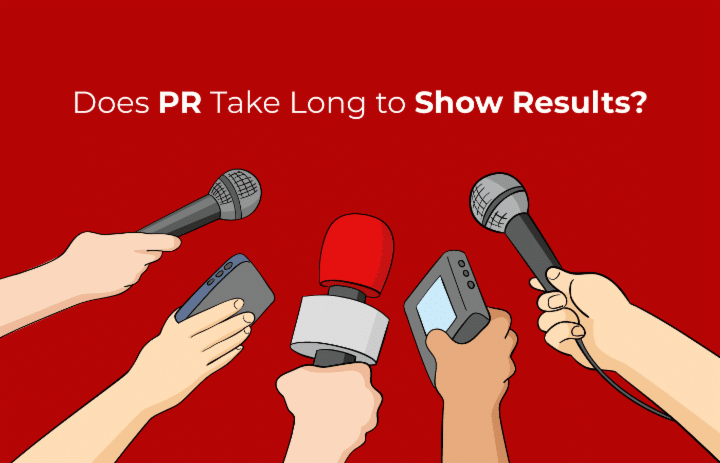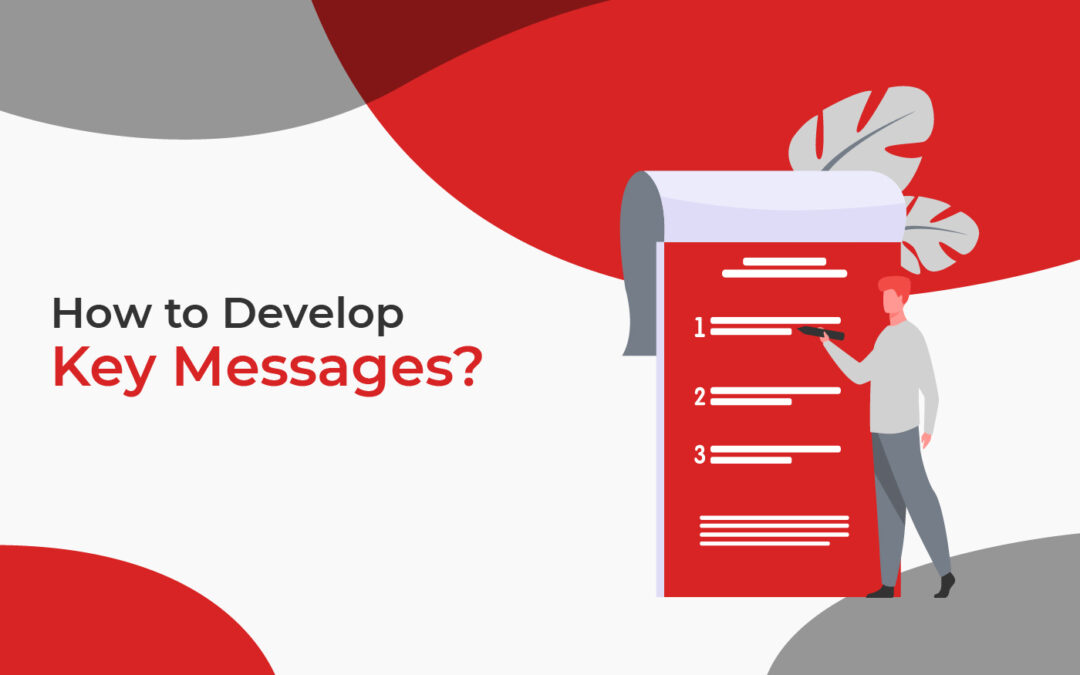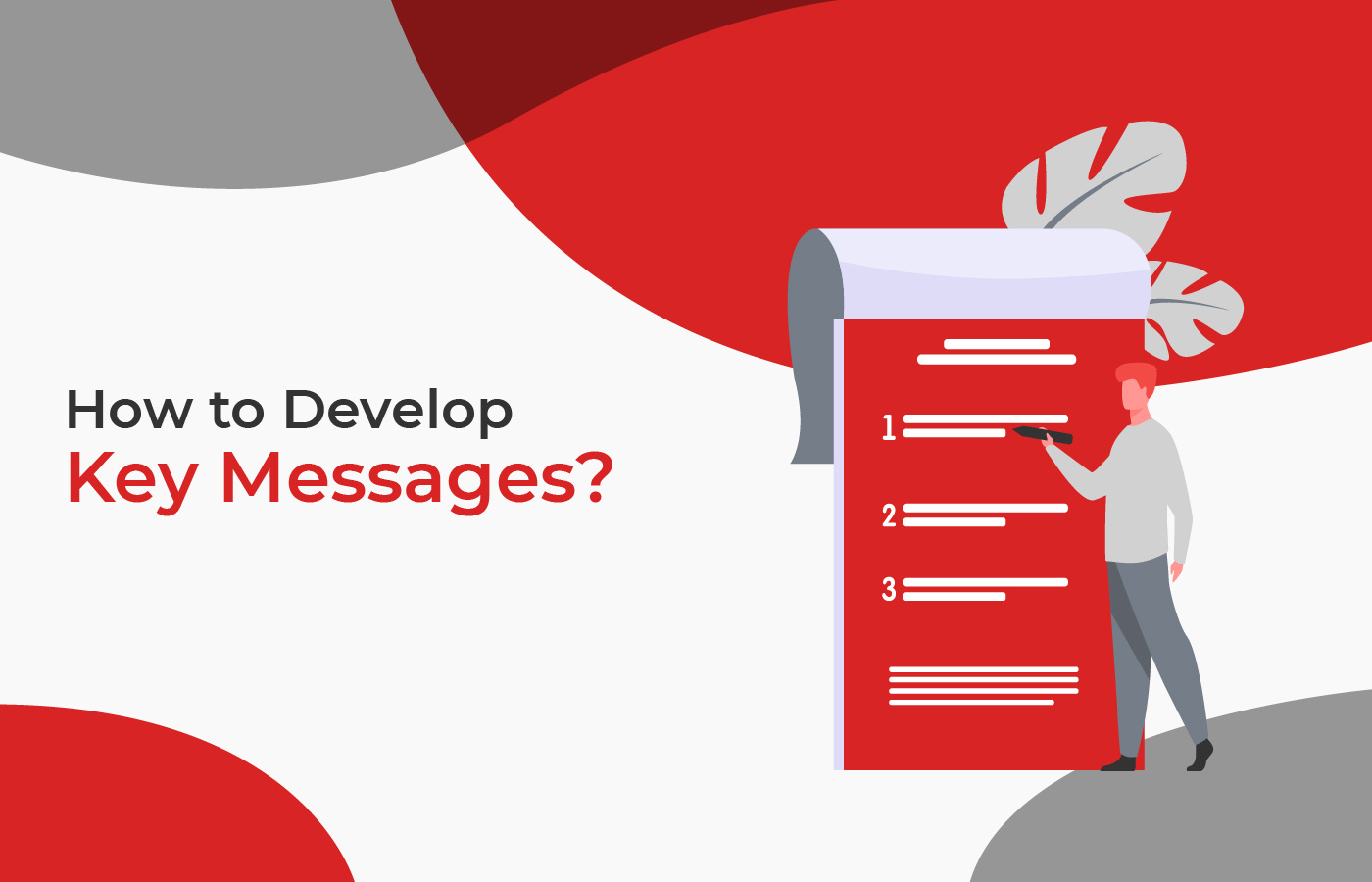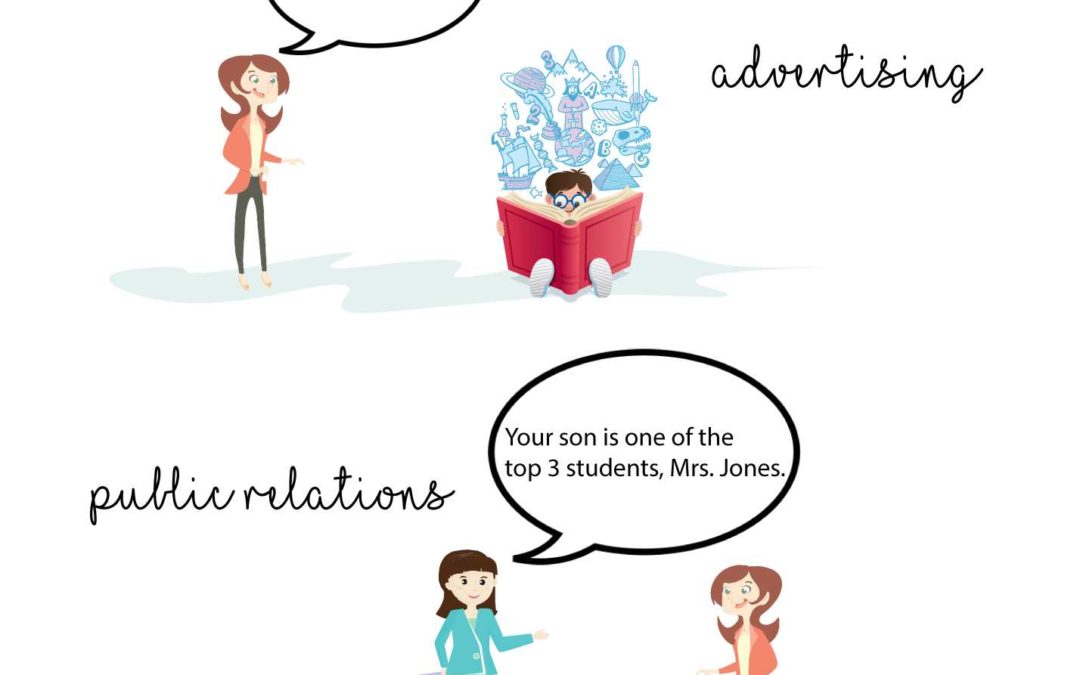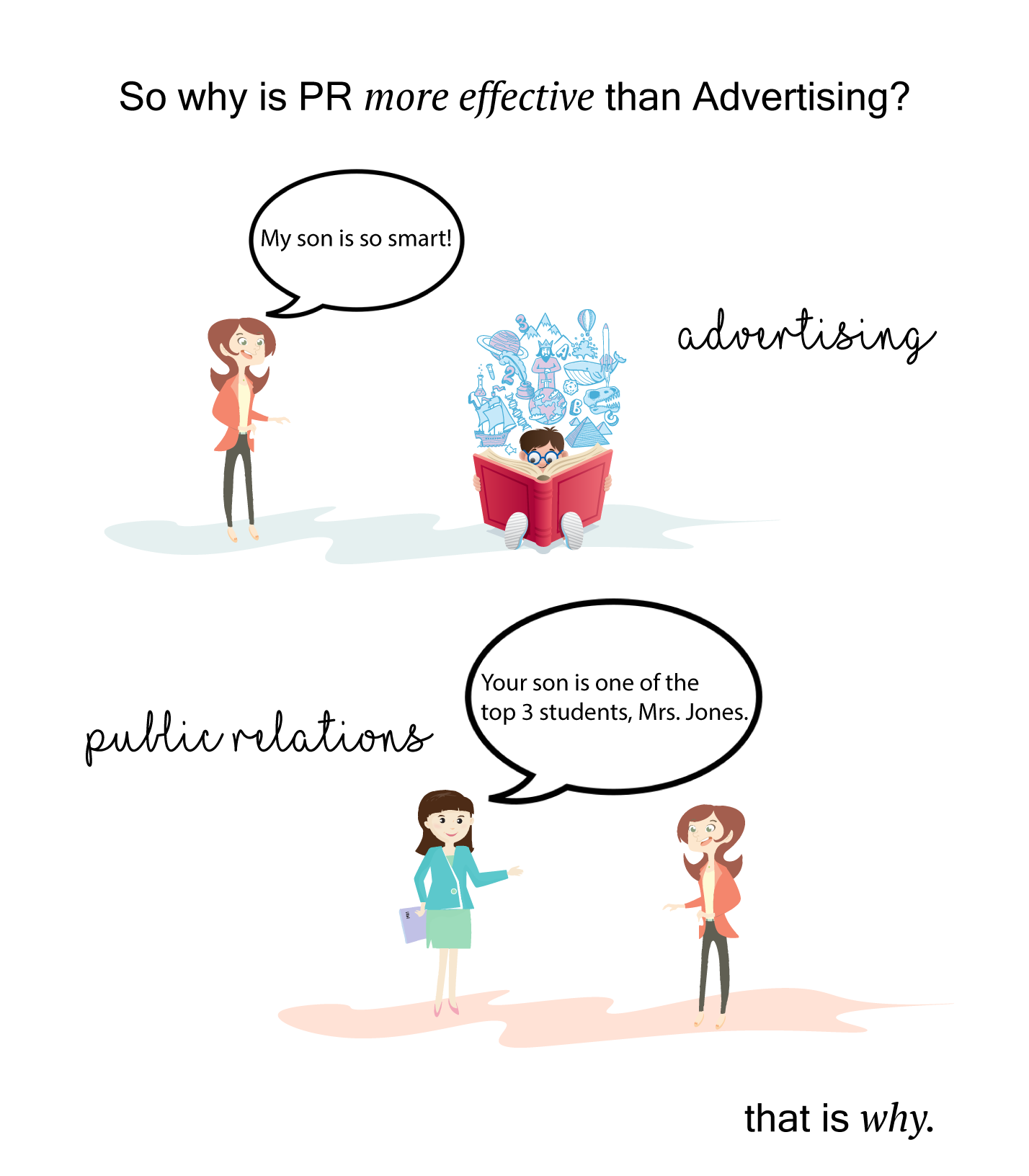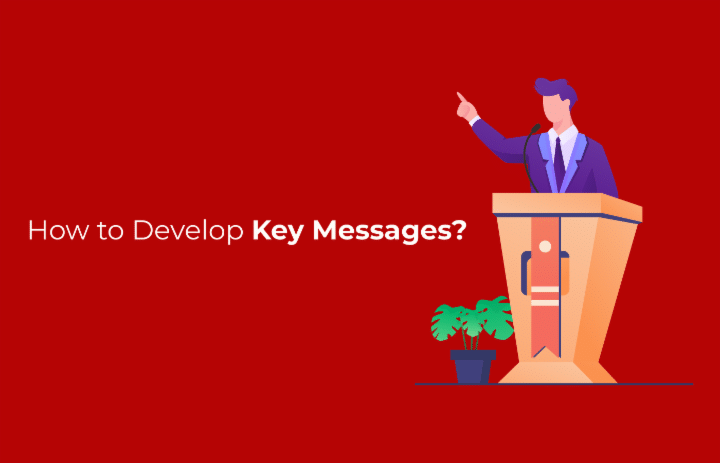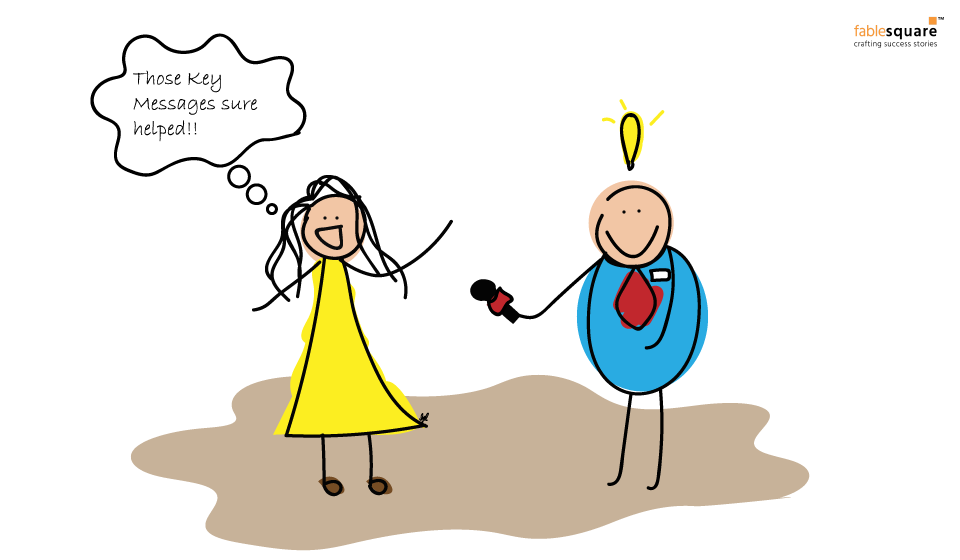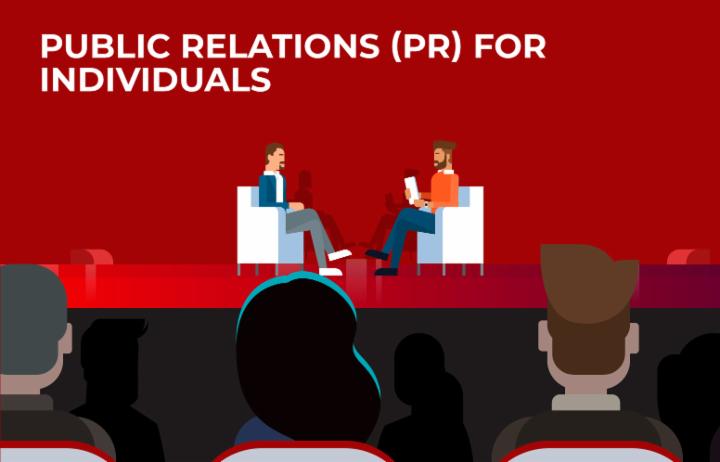
Public Relations (PR) for Individuals

I remember how we childishly used to refer to any excessively friendly person as a PRO (Public Relations Officer). This was common practice years ago while I was a young professional in a public sector. It was never said as a compliment.
PR is an essential tool to succeed in the highly competitive business arena for both individuals and organisations. Public relations is not an option anymore.
PR is an essential tool to succeed in the highly competitive business arena – Tweet that
In the eighties, a modest person was not expected to brag about oneself. If the compliment (for the great work done) came from a third party, to graciously accept was the norm. Things have changed. A savvy person today ensures that he or she gets all the credit he or she deserves in the workplace. They even ensure that they receive recommendations and compliments on a social platform, so it reaches their network! It is seen as personal branding or reputation management – however, reputation needs to be built and managed carefully, with a well thought through plan.
Aren’t we all familiar with the maladies of the review mechanism adopted by online platforms? While good reviews are accepted as a norm and flaunted, a client who shares a bad review gets managed! The back office of a business swings into action and tries to identify the issue faced by the client and addresses it. It is always a demanding client who helps us improve our products or services! Read more about Earned Media here
Social media provides each one of us with a powerful platform to showcase our subject matter expertise. While people in the business of fashion, artists, writers & media use Facebook, Pinterest and Instagram, professionals and business owners adopt LinkedIn & Twitter. YouTube is a very powerful platform to share videos.
Do you want to establish thought leadership – create visibility of your technical /business expertise, management abilities, or coaching skills? If so, having a focussed plan helps achieve good results. Start by putting together a calendar of activities and start implementing it. In any case, you need to establish awareness among prospective clients.
01
Create key message
What are the 2 or 3 key messages that will establish your credibility or expertise in your domain? Craft them carefully and be sure they are true.
02
Target audiences
Know precisely who you want to communicate these messages to. The better your understanding of your target audiences, the better it is to create communication material for them.
03
Identify topics you are passionate about and love to speak on
Identify 2 or 3 topics that you are a domain expert in and create your content around those. We often make the mistake of throwing in facts and figures that are easily available on the net. Instead, speak from your experience; this will be unique.
Don’t use publicly available data points in your speech, speak from experience!– Tweet that
04
Look for speaking opportunities
Start small. Look for speaking opportunities in local business communities, clubs, management colleges, etc. Seek feedback from your audience and keep improving your delivery. Once you are confident about your delivery, start recording (video) and share them online.
05
Start writing blogs & articles
Start a blog either stand-alone or on your company website. Share your posts on the social platforms you frequent. If your experience shines through, sooner or later, digital media or local publications will approach you for content. They are always in need of experts who can provide insight.
It takes time and effort to establish credibility and a personal brand. The above approach will work for both – an individual or for the leadership of a company.
Public Relations for individuals is a subject we understand very well. Call us or mail us today, for more information on how we can help.

